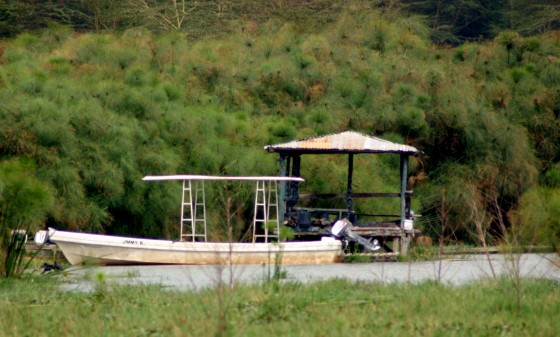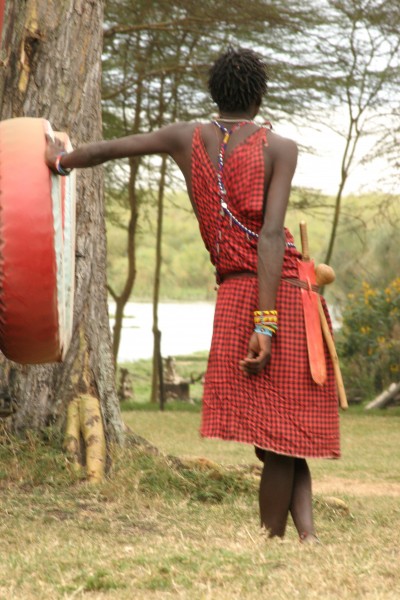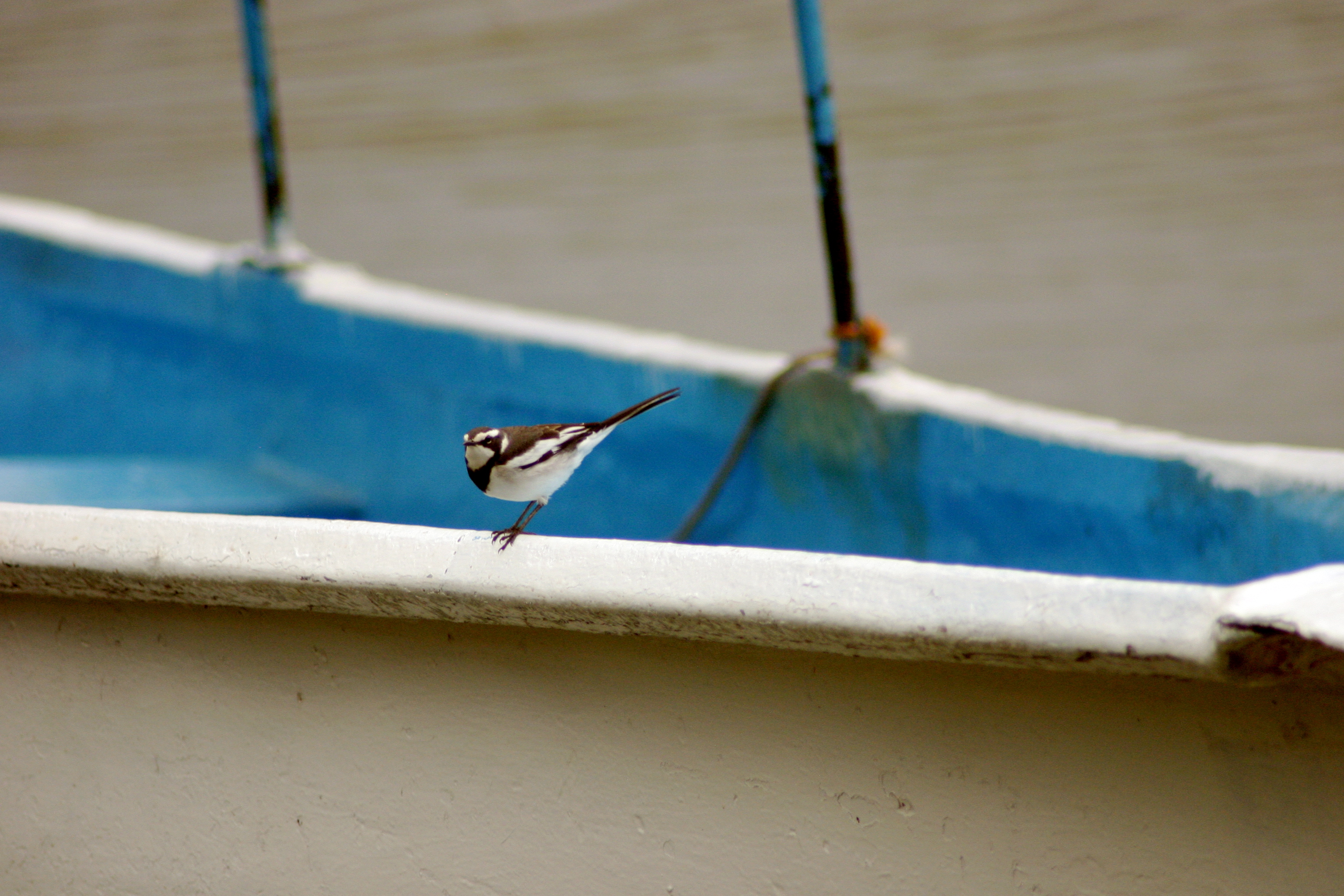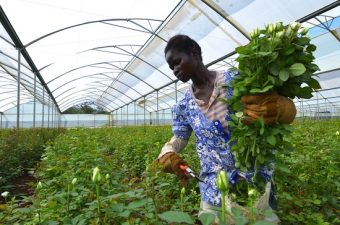 Lake Naivasha has received celebrity status, but what can we do to draw attention to other important water bodies?
Lake Naivasha has received celebrity status, but what can we do to draw attention to other important water bodies?
We just heard from Captain Goodman that the potash industry, unfettered, is having a disastrous effect on what some consider one of the seven wonders of the world. The Dead Sea is celebrated for its healing salts and draws scores of tourists each year, who are seemingly ignorant of the lake’s latent perils. But the Dead Sea is not alone. Lake Naivasha, a freshwater lake in Kenya’s central rift valley, is similarly taxed.
Still waters lie
Roughly one hour north of Nairobi, just beyond the Mau Mau escarpment, and surrounded by the Aberdare mountain range and now extinct volcano Mt. Longonot, Lake Naivasha’s still waters belie its ecological plight.
Hippos eat and give birth in the lake, egrets flutter along the shore, fish eagles occasionally swoop in to feed, and all along the shore tourists enjoy the area’s myriad attractions.
Flowers and slums
Also along the shore are flower farmers and slums that house their workers.
Flower farming accounts for 10% of Kenya’s economy and is one of only two employers in Naivasha, home to approximately half a million people.
Until the site was acknowledged by the Ramsar Convention in 1995, European flower farmers extracted water without restraint and allowed harmful pesticides to enter the shallow water basin.
Where did all the papyrus go?
As water levels shrink, the papyrus shrinks along with it, as it becomes exposed and vulnerable to drying up. It also becomes exposed to the Masai’s cattle, who have been coming down to this lake since it first existed. Two rivers feed into the lake’s northern end – the Malewa and the Gilgil. Along their banks, subsistence farmers grow crops of maize and other vegetables, and their cattle are permitted to defecate into the rivers.
All of this is washed into what is supposed to be an entire community’s source of water.
In the past, the papyrus might have been able to filter out the nitrates and phosphates, because that is what papyrus does, but maybe 10% of the original papyrus stand still exists.
Eutrophia
As such, the lake is eutrophic, meaning it lacks oxygen, and therefore any life form that depends on oxygen for survival. The ramifications trickle through the lake’s ecosystem right down to the abundance of blue-green algae, which we recently learned has clever ways of depriving other organisms of necessary phosphate, as well as through the human community.
The men and women here have brown teeth as a result of the excess fluoride used to treat the water. Others are sick with water-borne diseases as entrepreneurs fill up big blue barrels of unclean water, which is carried through the villages and town by a resigned donkey.
Good western intentions
On the up side, numerous groups are working hard to restore the lake, each with their own agenda. Earthwatch funded Dr. Harper’s research, who is from the University of Leicester, for 25 years, Dr. Becht from the Netherlands is interested in the area’s hydrology, and recently a Canadian Food and Water group set up shop to draw social correlations between the lake and its affected population.
Lake Naivasha has received a lot of attention because of sensational media attention. In 2006, a British environmentalist was murdered for the role she played to save the lake, which resulted in reports for Vanity Fair, the BBC, and several documentaries and books. So we’re lucky. But what about the other lakes and rivers worldwide that are degraded? What can we do to bring them celebrity status?
all images by Tafline Laylin
More on travel and nature:





Beautiful article with great photos by you! Sad story, and scary…there should be a world boycott of the flower industry so that more attention is brought to the ugly side of “pretty” flowers.
Thanks for your comments Jude.
I shudder to think what is happening to the kids. But come to think of it, I’ve noticed a lot of deformity here too…though I hate to speculate. I’ll keep you and other posted as I learn more.
Interesting article and great pictures.
I have read that fluoride in children can cause liver and kidney damage, let alone what it can do to infants. In adults, it has been linked to cancer and bone disorders among other things. Let’s hope that browning of their teeth is the least of their worries from the excessive use of fluoride.